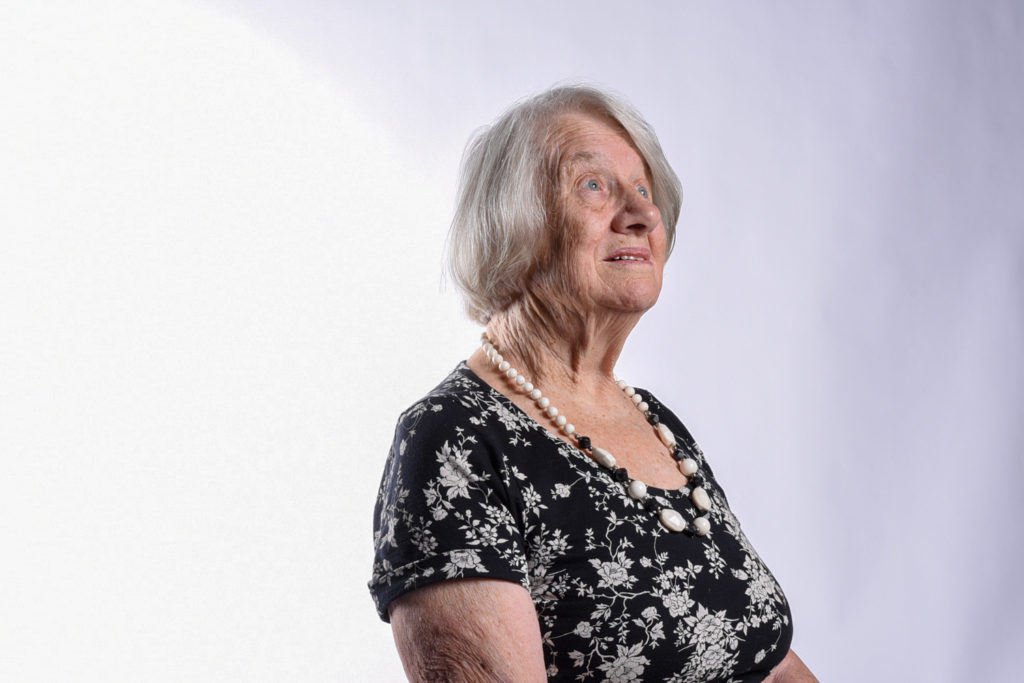
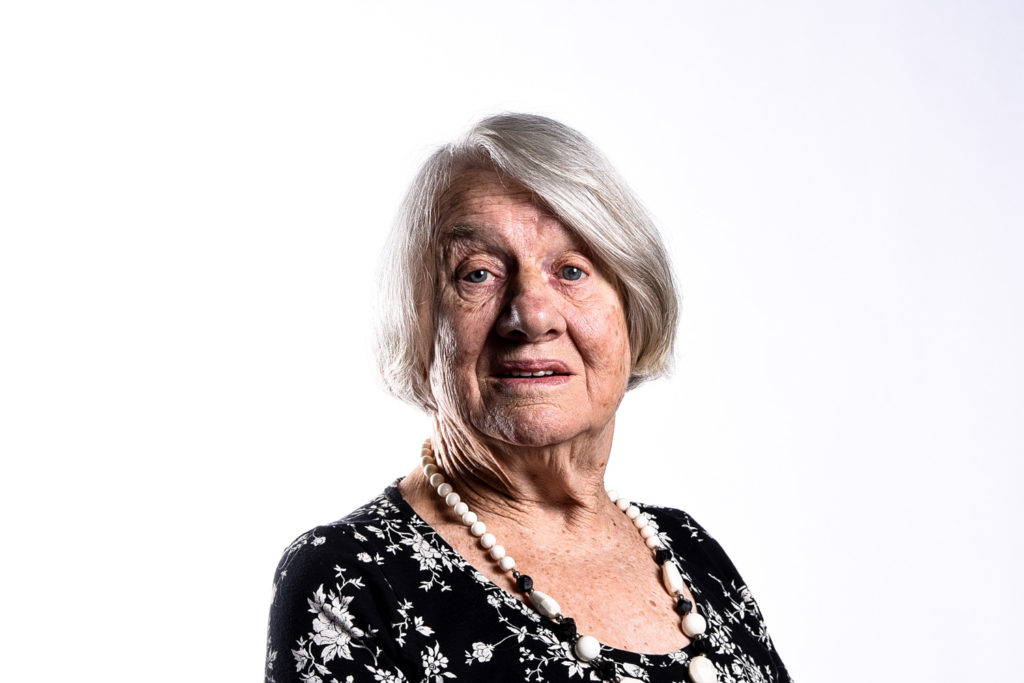
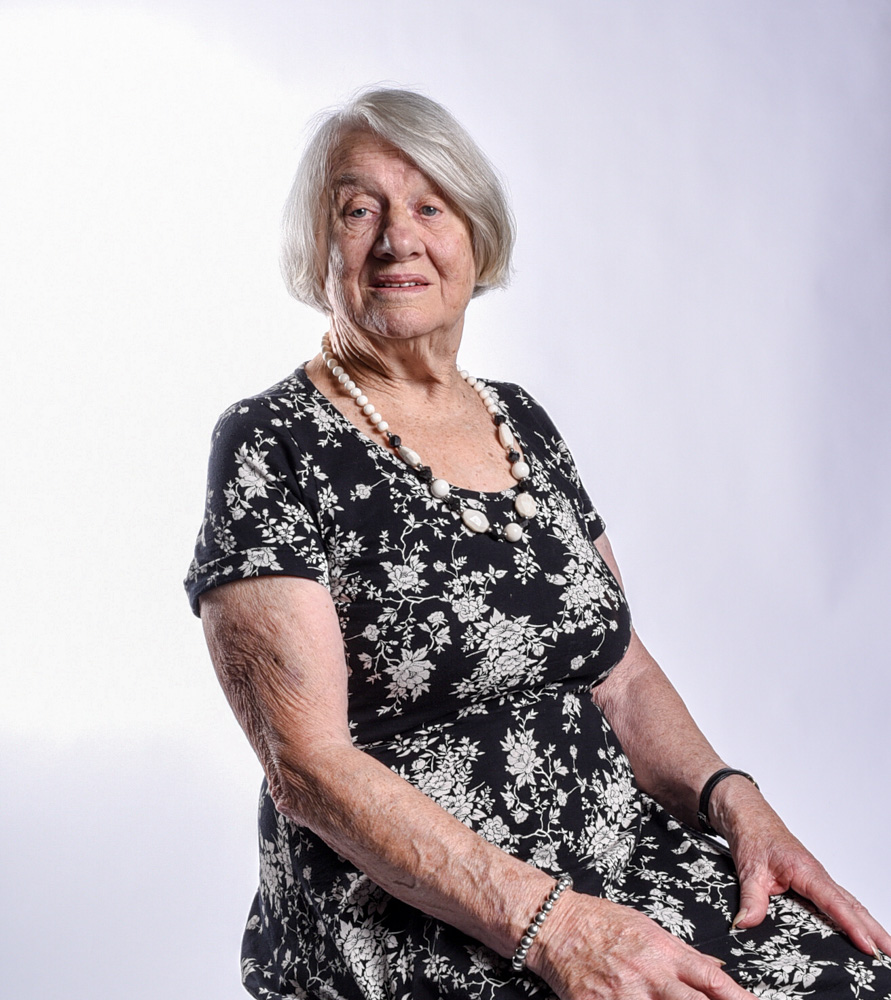
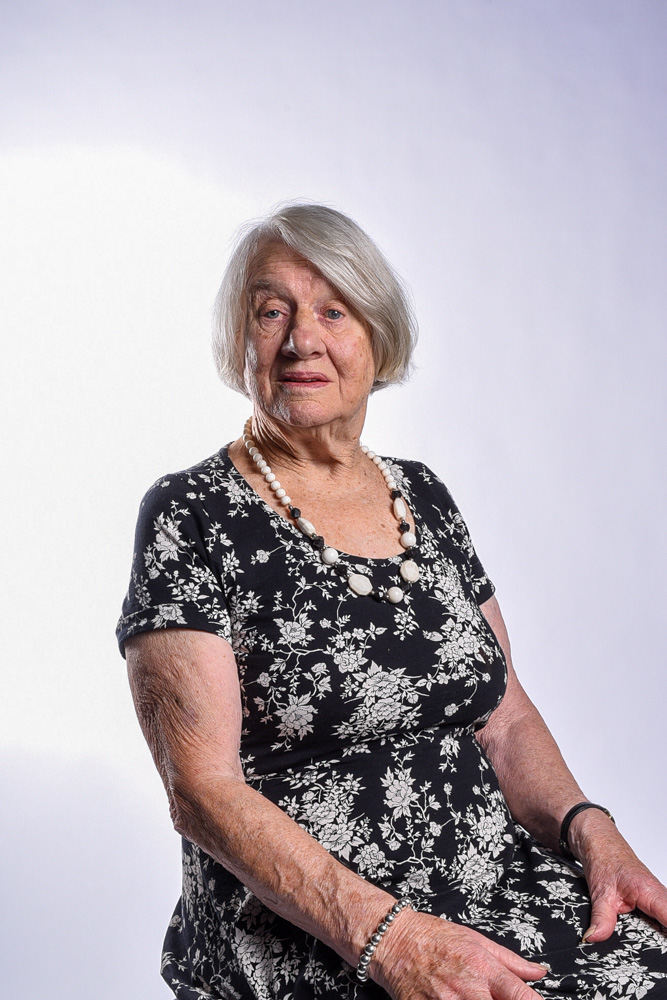
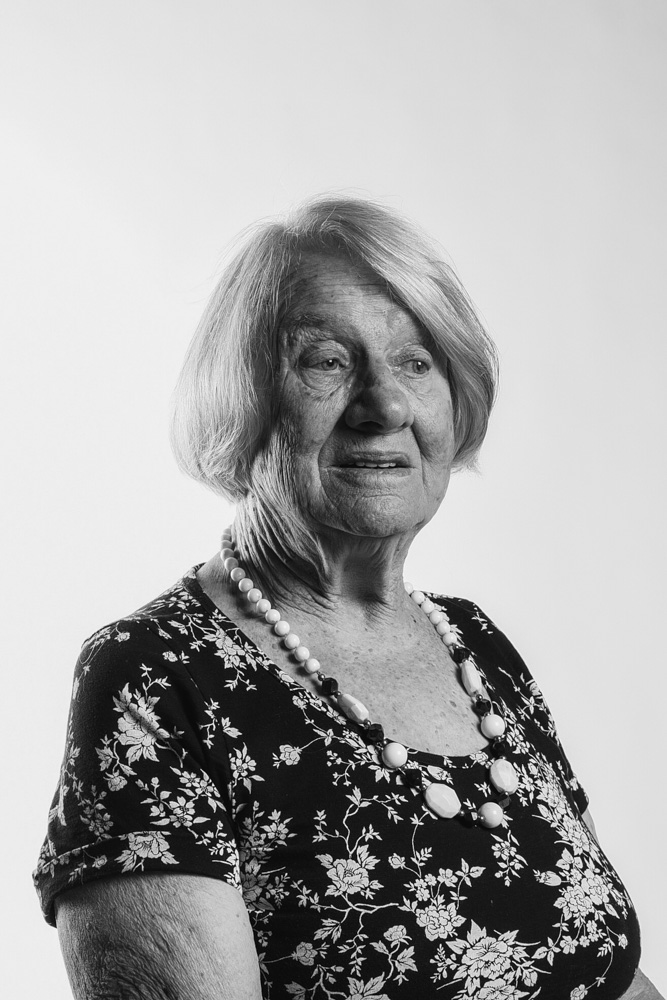





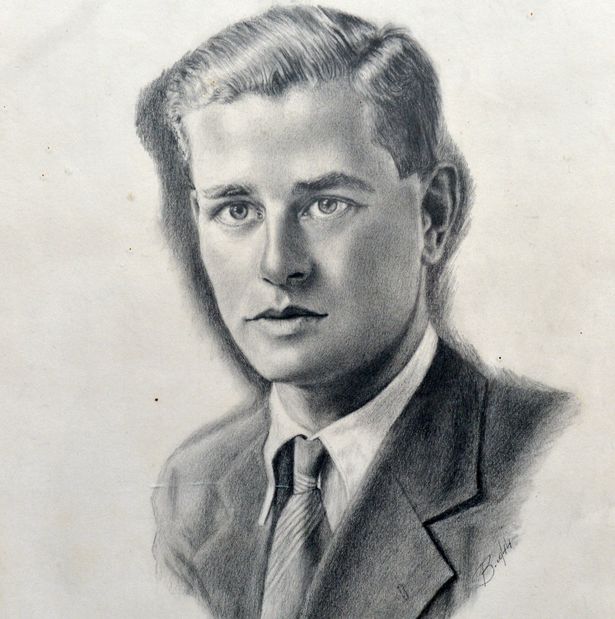
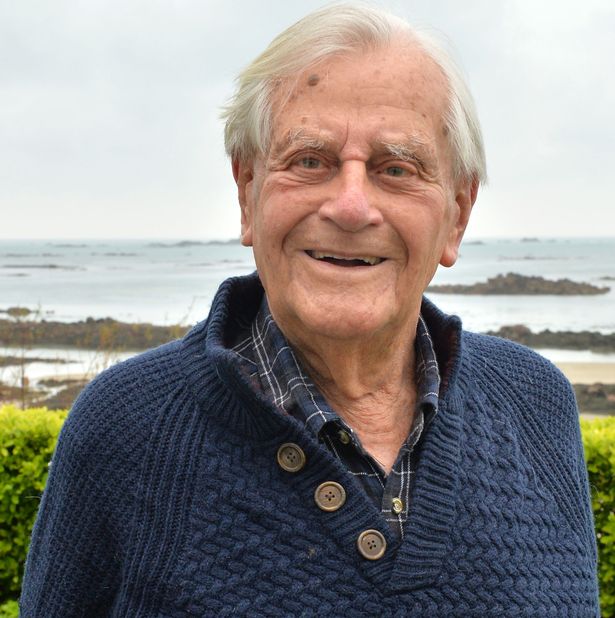
‘Humour was psychologically heaven sent’
– Bob Le Sueur
Bob described to us the day that the Germans arrived in Jersey and the reaction of the islanders and the atmosphere between everyone.
On the 28th June 1940 there was an air raid in Jersey. Lots of people were killed and there was huge damage across Jersey. Bob lived along Victoria Avenue and was woken by the planes, he recognised the planes as German bombers. He saw two, what at the time, he thought were ‘parachutes’ dropping and thought that they were German troops, but they were cylinders containing messaged to the commander to inform him that the island couldn’t be protected because it wasn’t of value. At 6am the following morning there was a bombing in Luxembourg without any warning before. One of the German troops met the Duchess of Luxembourg and said ‘I’m so sorry, we’re coming through’ before the Germans proceeded to go through to Northern France.
The messaged contained thread that was a warning giving 24 hours to surrender. If not, then the island would endure ‘carpet bombing’ which would have been fatal on a tiny island, such as Jersey. The messages were delivered to the bailiff who then summoned an emergency states sitting. Bob described the atmosphere in Jersey at this time revolving heavily around propaganda.
‘‘Leave honesty at home’
– Bob Le Sueur
Bob told us about the time that he asked on of the Germans ‘Whats going on?’ when there was people crowded around in the Royal Square, St. Helier, and the German responded by saying ‘I’m not allowed to tell you, mate’. Bob then overheard two women in front of him, one of them turned to the other and she said ‘When this is all over we must hurry back home and barricade the doors, there are going to be a lot of woman raped before nightfall’, this told us a lot in itself about how woman were treated in such a different era.
‘It was all VERY tense!’
– Bob Le Sueur
Forced labor was brought in and a lot of them were Spanish. 700,000 crossed from Spain to France and were put into camps. France were told to produce an X amount of men for human labor. France handed over all able bodied Spanish men to build fortifications in Jersey with additional workers from Holland. Bob then told us about the racism at the time and that some were called part of the ‘Slav Race’ which meant that they would be taken as slaves due to their race, they were referred to as ‘sub-human’.
‘People in EVERY part of the world are extraordinarily alike. The world is full of wonderful people’
– Bob Le Sueur
Michelle Sank was born in Cape Town, South Africa. She left there in 1978 and has been living in England since 1987. Through her images she tries to get across the issues around social and cultural diversity and she has done this within many different photography projects. Some of Sanks most recent achievements were a UNICEF honorable mention in 2012, a gold award in San Francisco International Photographic Competition in 2013, winning the Kuala Lumpur International Photo Awards in 2016, and a honorable mention at the IPA Awards in 2018. She also has done a multitude of solo and group exhibitions.
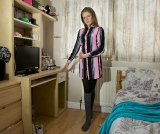
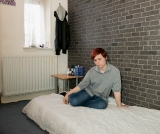
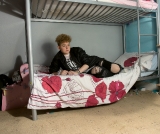
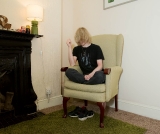
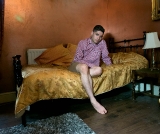
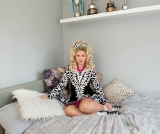

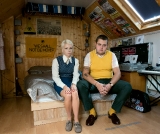
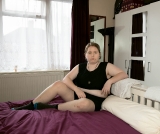
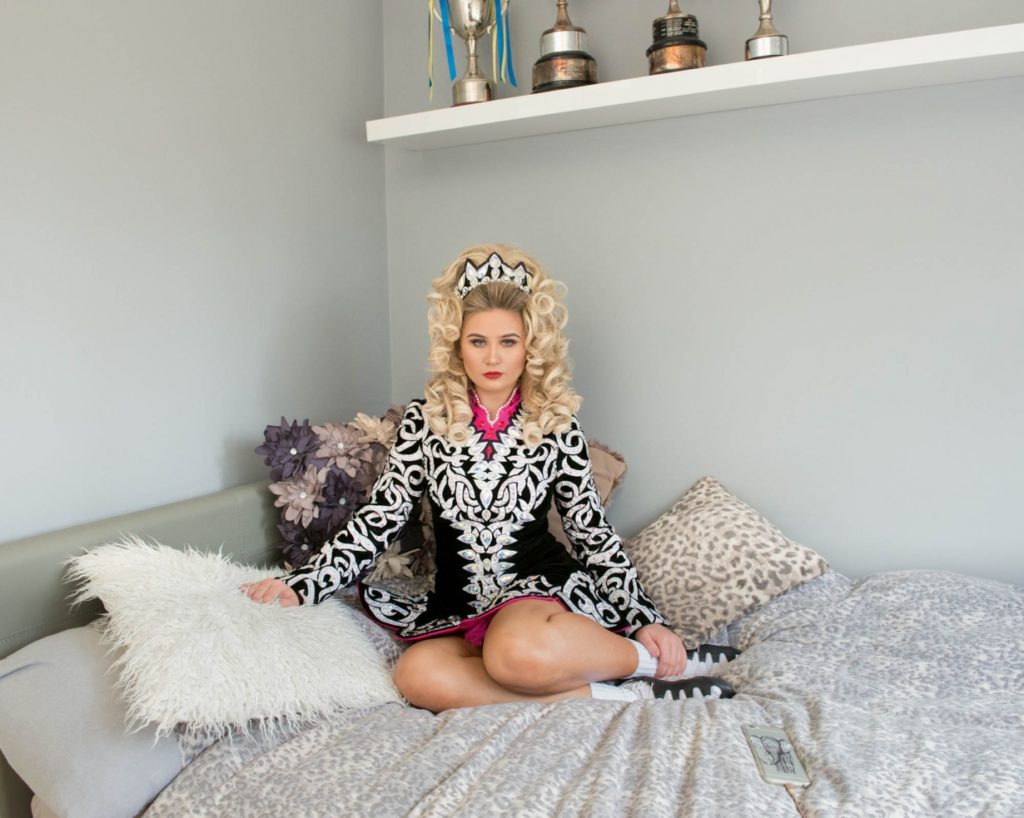
The photograph that I have chosen to analyse is this photo of, it appears, a young girl in her own bedroom from Michelle Sanks ‘My Self’ photography series. Visually the colours in the background of this image are mainly grey and white, appearing very subdued and creating quite the contrast between the extravagant harsh black and bright pink clothing that the subject is wearing. You would assume that the young girl is upper class due to the detail and quality of both her clothing and makeup, both of which would be seen as glamorous, suggesting wealth. The positioning of the model could also suggest this as she is sat up extremely straight with very good posture. Technically, this photograph was taken from an angle straight on the model, creating simplicity and ensuring that she is the main focus point and subject of the image. The concept behind Michelle Sanks ‘My.Self. project was to document diversity between young people living in today’s society and what it means to be a young person in today’s society, she wanted the subjects photographed in their bedrooms so that the items around them became metaphors for their individuality and cultural contexts. Contextually I believe that Sank has done this extremely well, with the ‘out there’ clothing and cushions behind the subject possibly suggesting that she can be ambitious and outgoing, with the trophy’s on the shelf above her giving the viewer the impression that she does achieve.
Francis Foot was born in Jersey in 1885, he was born to parents Francois and Louisa Foot, his father, Francois, was a china and glass collector in St. Helier at a time when this was more affluent. Francis Foot became a gas fitter, but he soon became interested in Photography through early photographs and gramophone records and he realised that he could turn this into a career and earn his living. Due to Francis’ new found interest, his family opened a new shop in Pitt Street where Francis worked as a photographer and his parents worked selling gramophones, records, and other wares in Dumaresq Street. Francois Foot passed in 1918 and Francis then put all of his focus into the business on Pitt Street before marrying his wife, Margaret Vernon just before the First World War, the couple then went on to have four children.
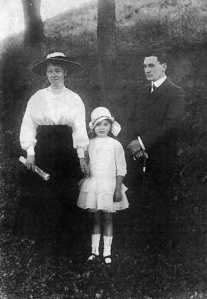
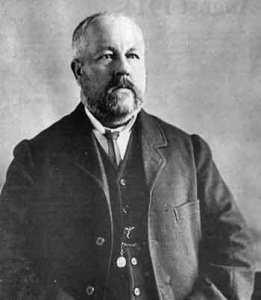
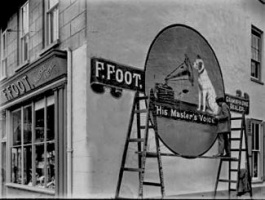
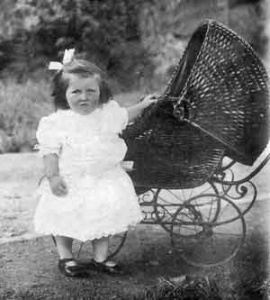

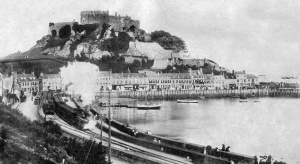


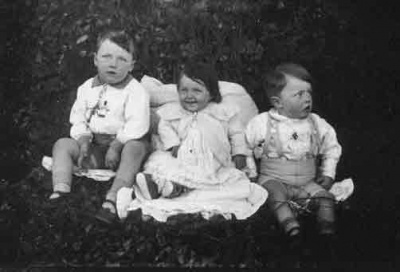
Francis Foot’s area of interest within photography is portraiture, more specifically family portraiture, and photos of different places around the island of Jersey. The photographs are, for the majority, taken in the subjects own environment rather than being captured more formally.
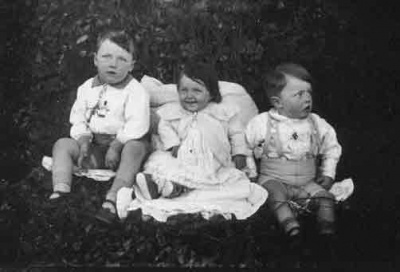
This photo is an image of Francis Foot’s three children, George, Stanley, and Dora taken by himself. Contextually, this photo captures that the children were quite clearly higher class due to the clothes they are wearing and how they have been presented which also leads for the assumption to be made that their parents were likely to have more wealth than the average islander. As with a lot of Foots portraits of the children, they are all wearing white, this could too be representing the idea of the family having wealth and being ‘upper’ class, or that they are clean, and somewhat ‘pure’. The background of the photograph seems to be bushes and plants, however due to older technology, the photo is in black and white, this creates a significant contrast within the image so that the only thing you can really look at is the children in the foreground. Technically, this photo is not taken the best way, however in the era it was taken, I can imagine this was the best quality available, but due to the development of modern technology this photo could nowadays be seen as being a ‘low’ quality photograph. The background shows that this image was taken outside and so we can therefore assume that the light used was natural sunlight, this would have made the white clothes appear bright and also give the natural shadows and highlights.
On the 9th September we visited the Jersey Archives as out first photography A2 site visit.
Jersey Archives was established to be a part of Jersey Heritage in 1993. Jersey Archives purpose is to preserve the written and unique heritage of Jersey so that future generations can use the archival materials to learn more about both the history of the island and their family heritage. Since 1993 Jersey Archives has collected over 300,000 archival records from both public and private establishments.
The Jersey Archives holds;
The earliest record held at the Jersey Archives is a charter from Richard the 2nd from 1378.
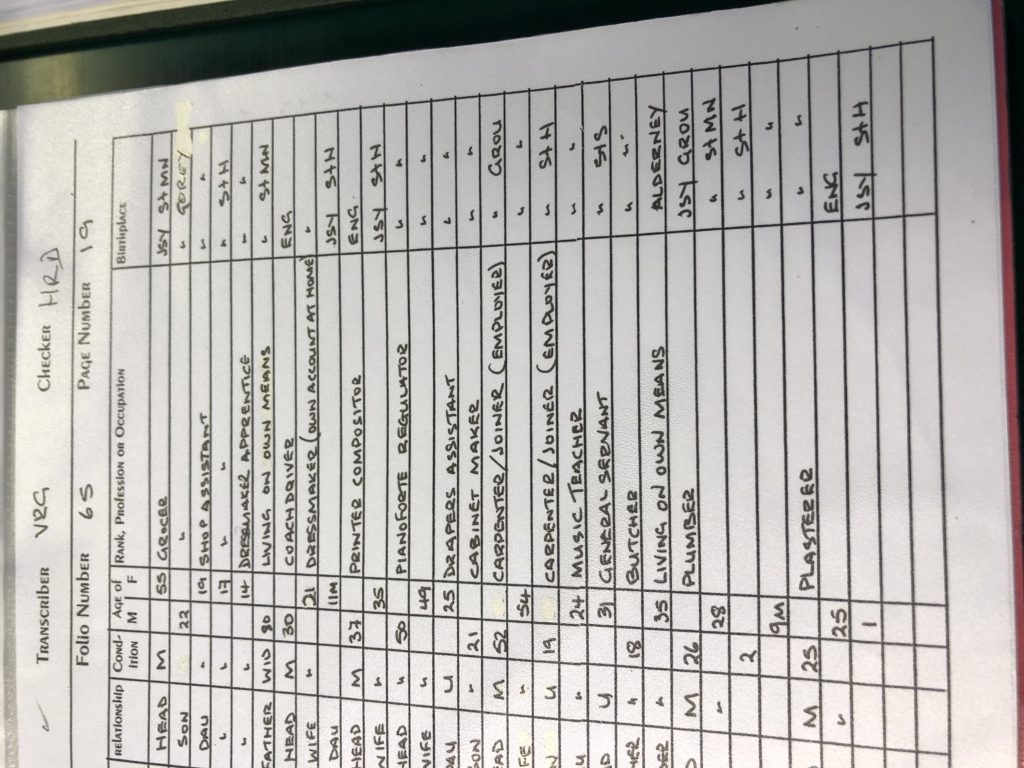
throughout my zine i want to show the stages of the occupation through to liberation by including; bunkers, statues, and also the updated buildings that were already built in jersey throughout the war, including the pomme o’dor hotel, where there is a very well known photograph taken at the liberation of jersey.
i want to use colour effectively within my zine to represent the happier times, and the not so happy times, this may result in my zine being a little half and half between monochrome, and vibrant colour – as i do want to set my zine out in chronological order, from the start of the occupation, through to the liberation.
in terms of narrative i don’t think that i want to include any text within my zine. however i will have the title on the front page, i’d like to title my zine ‘change’ as throughout it i will be aiming to show the changes that not only happened during the occupation and liberation, but also the change from the occupation to the present.
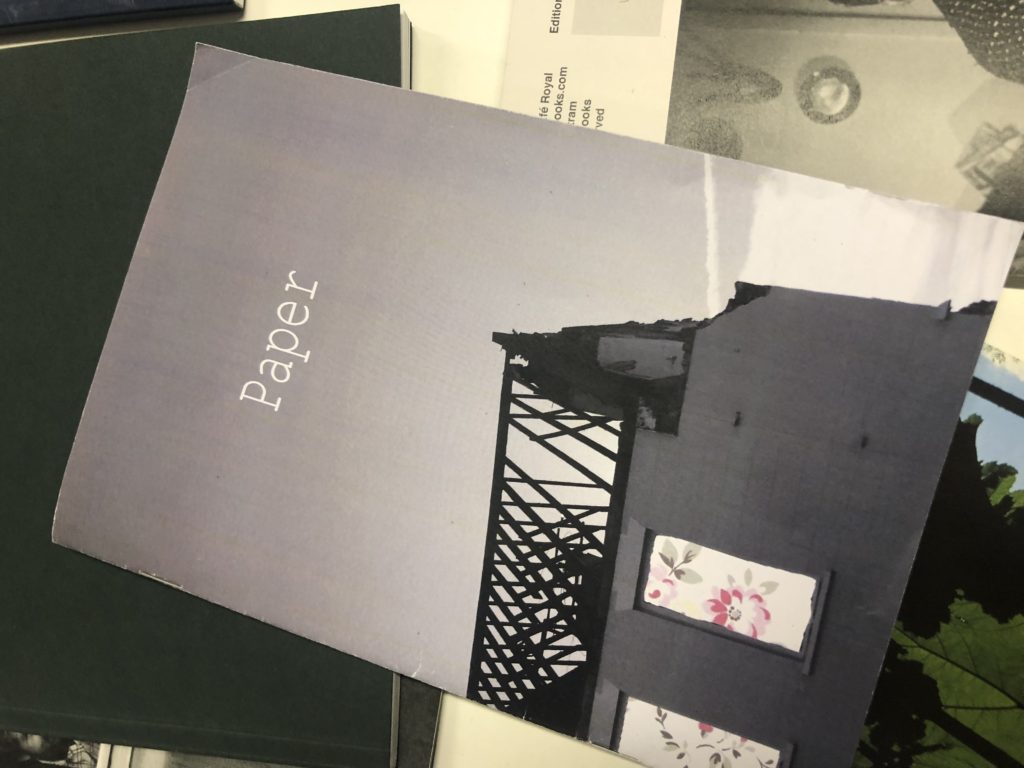
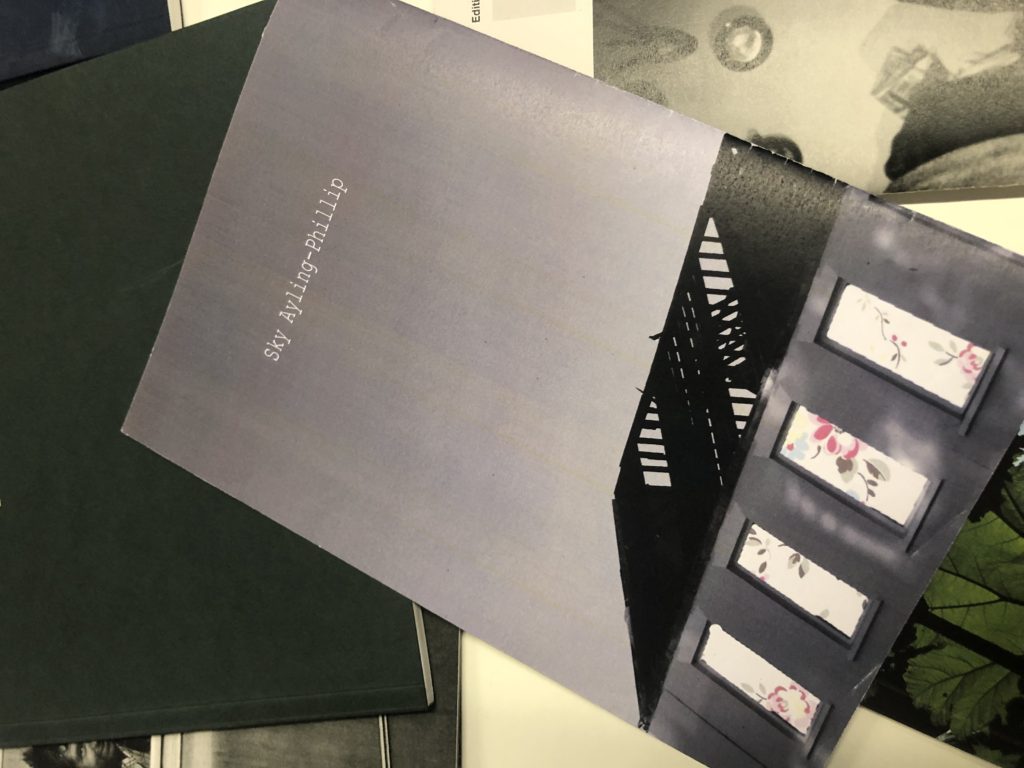
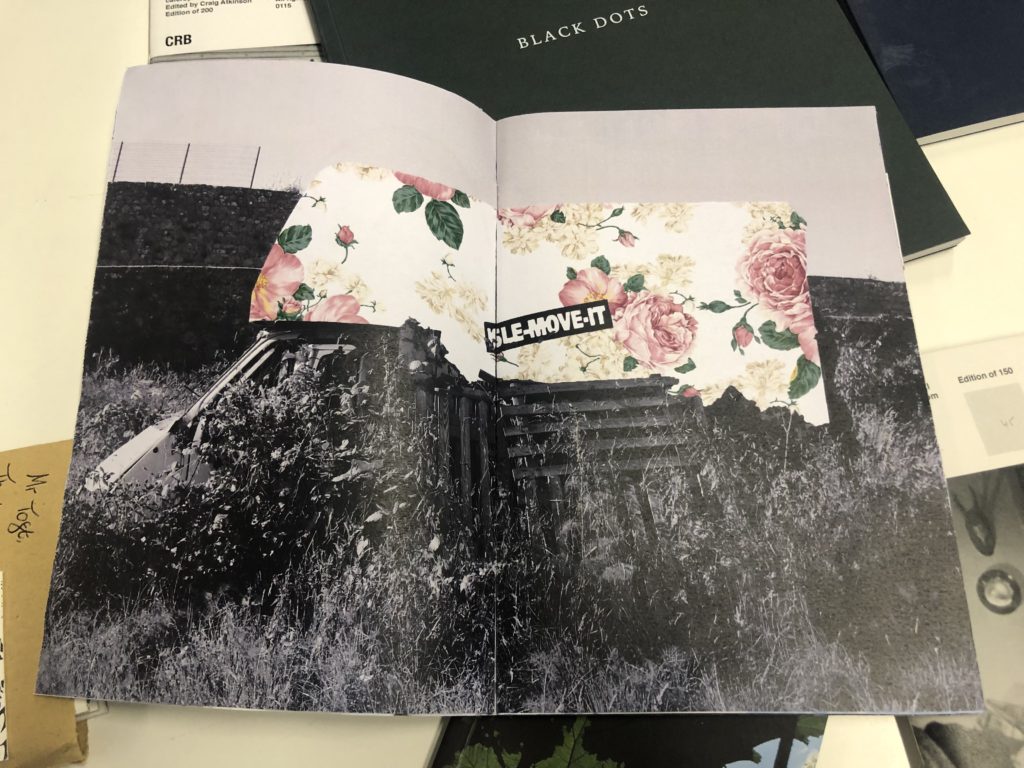
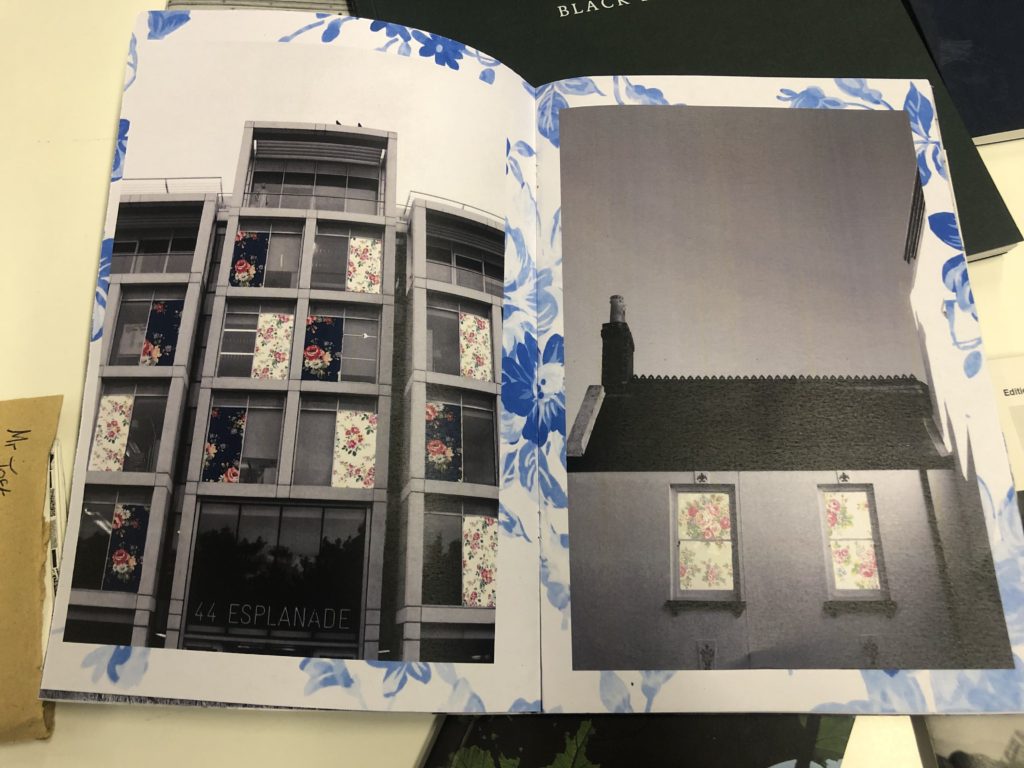
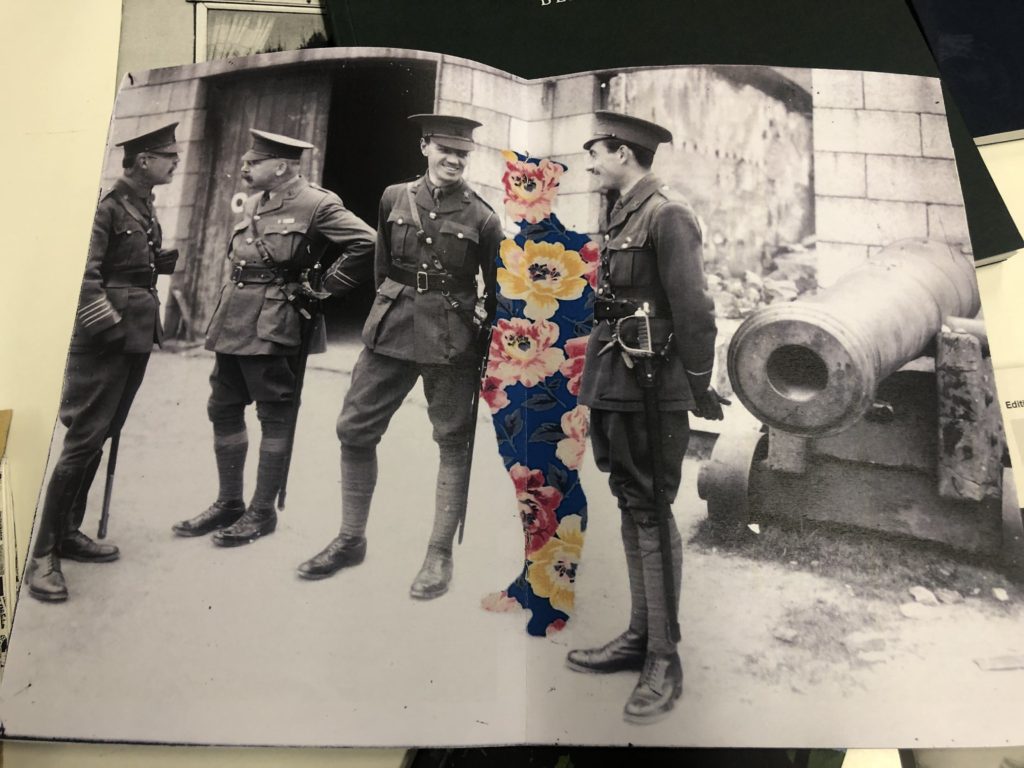


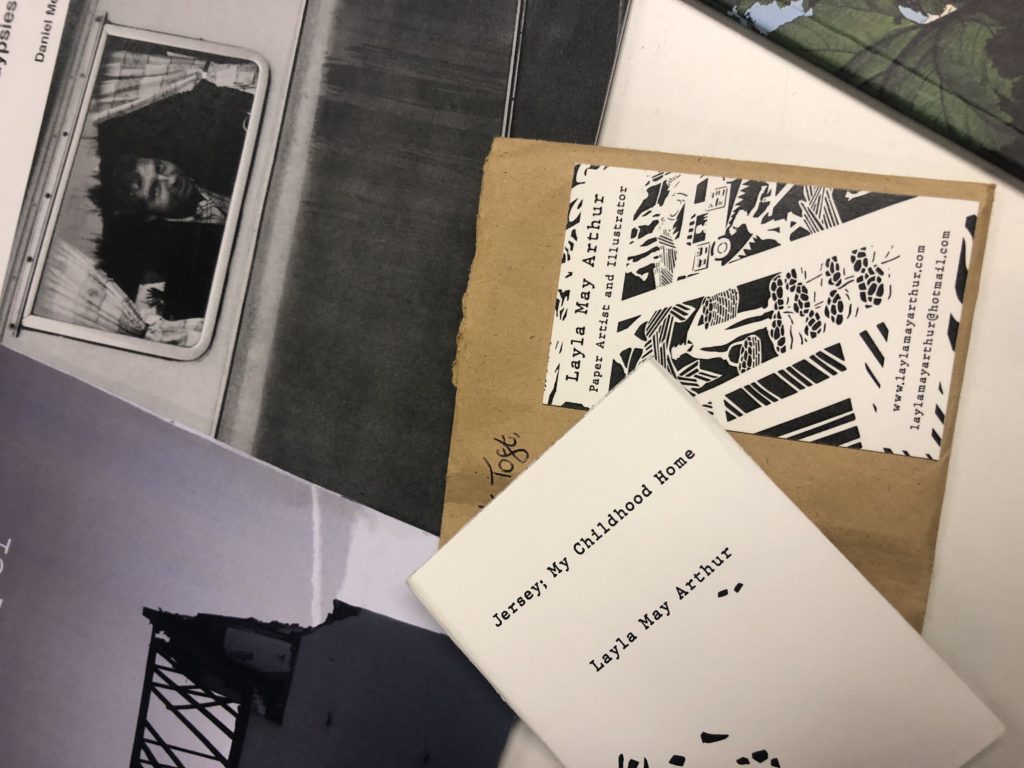








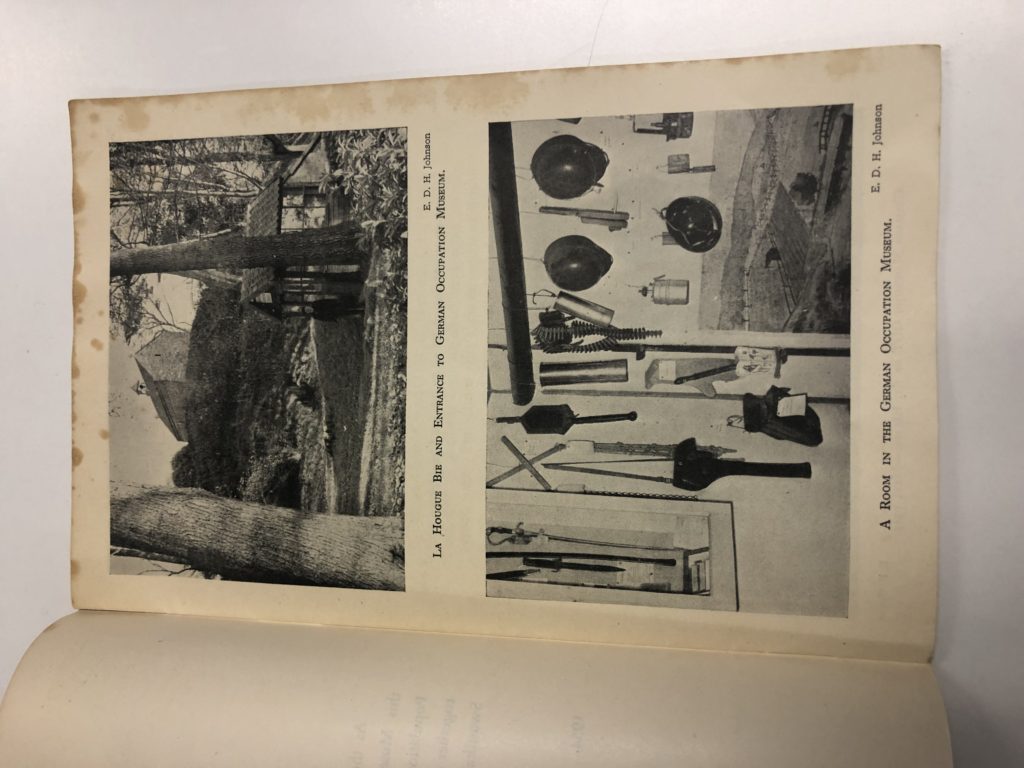
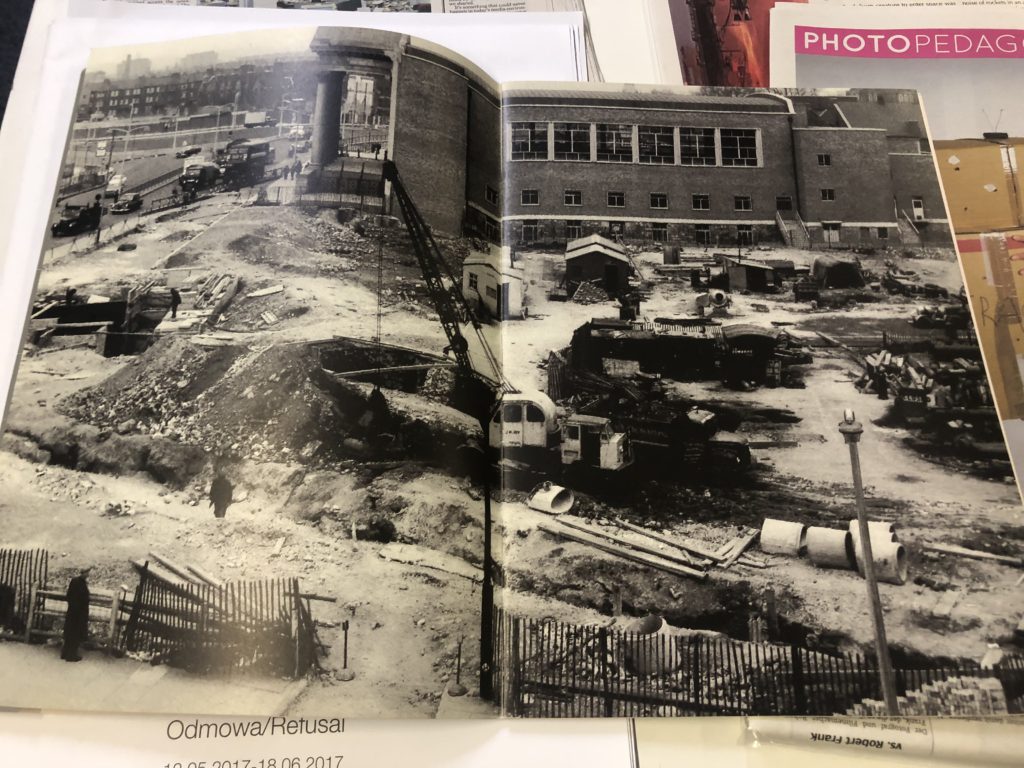
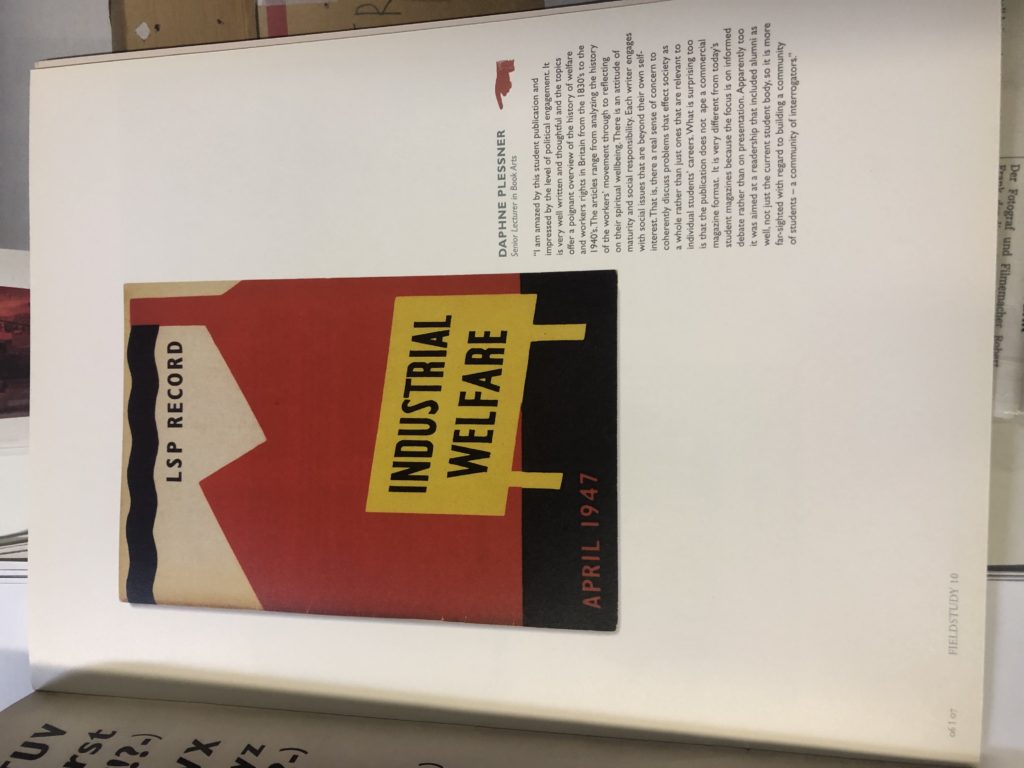


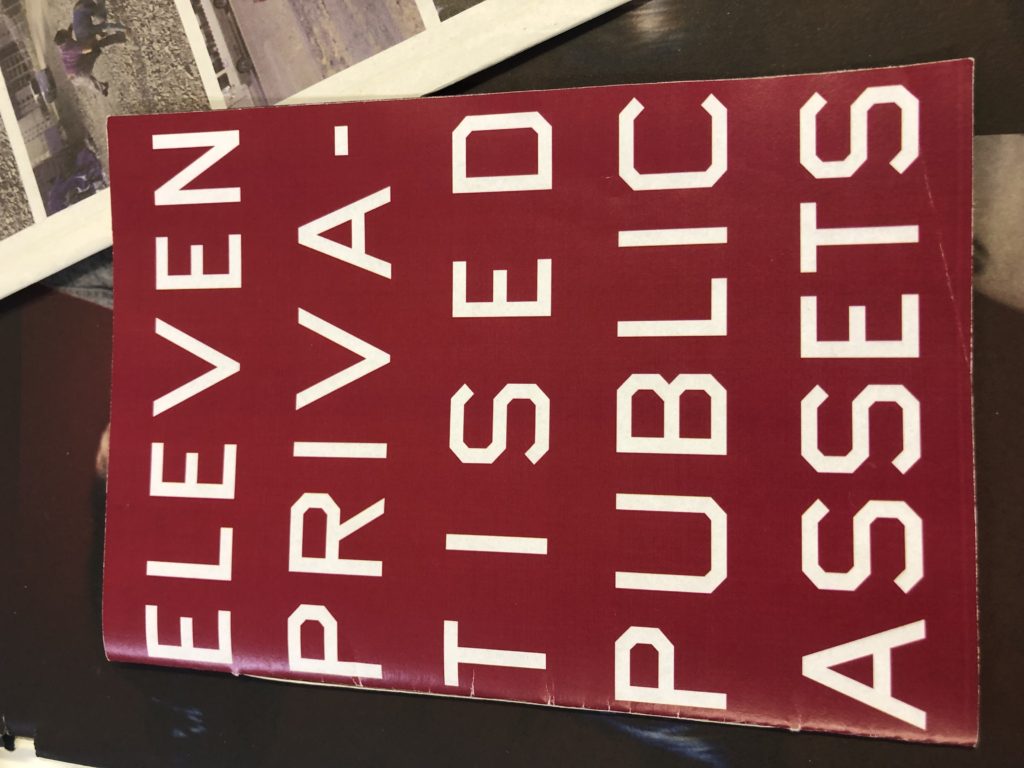
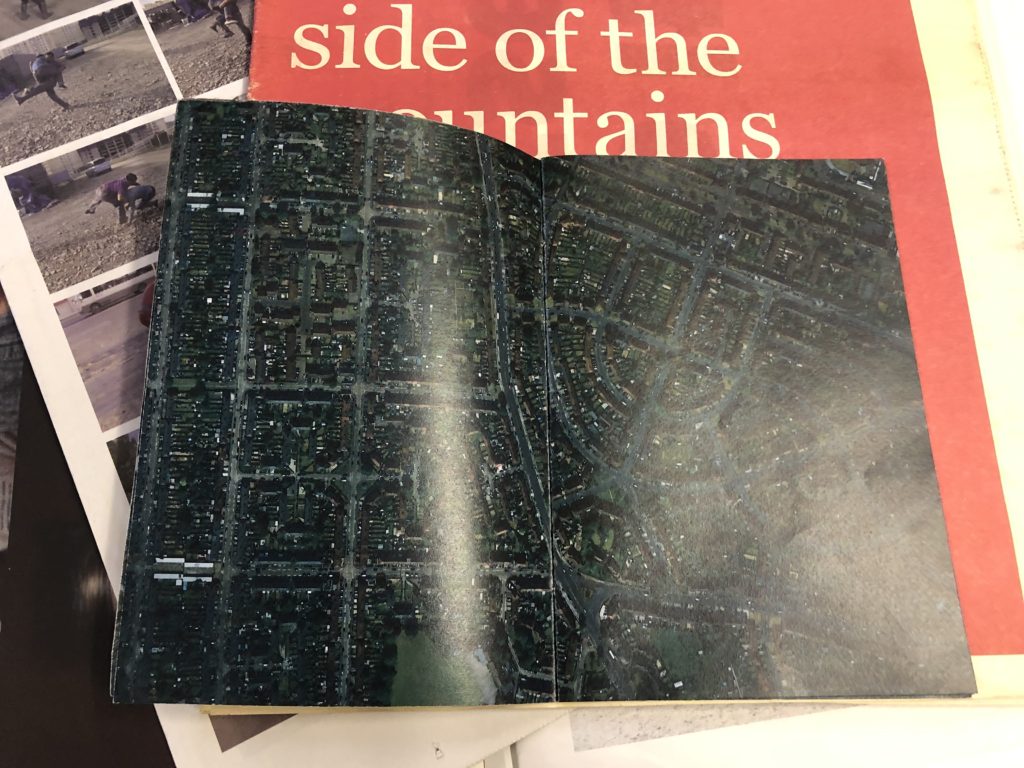

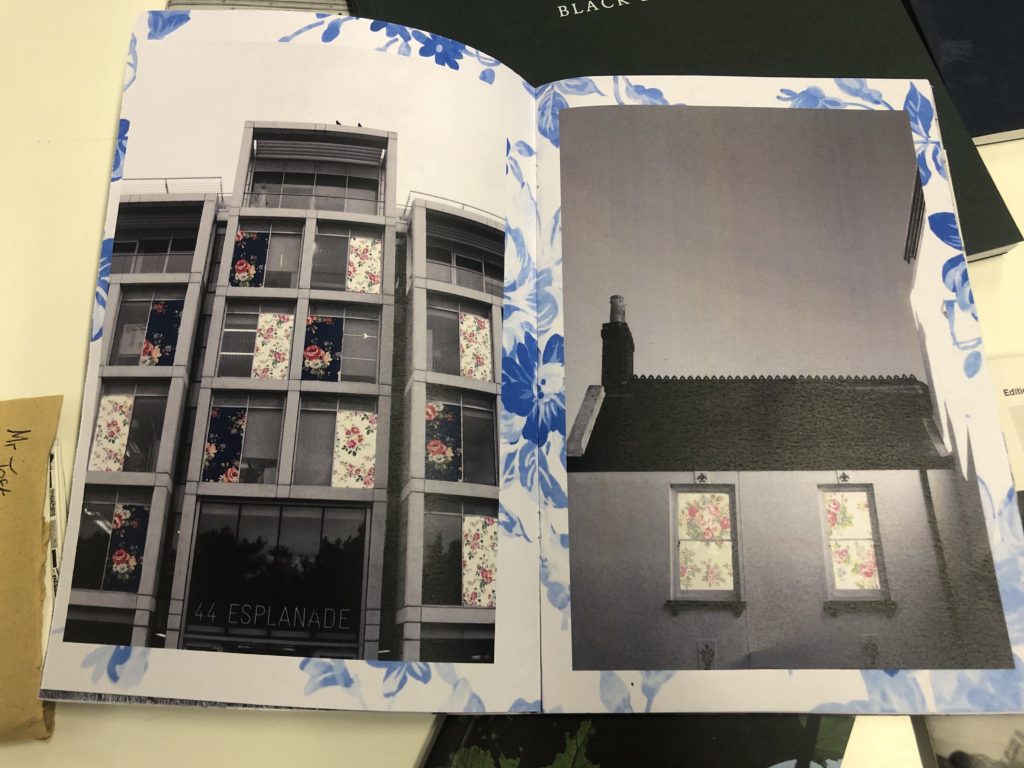


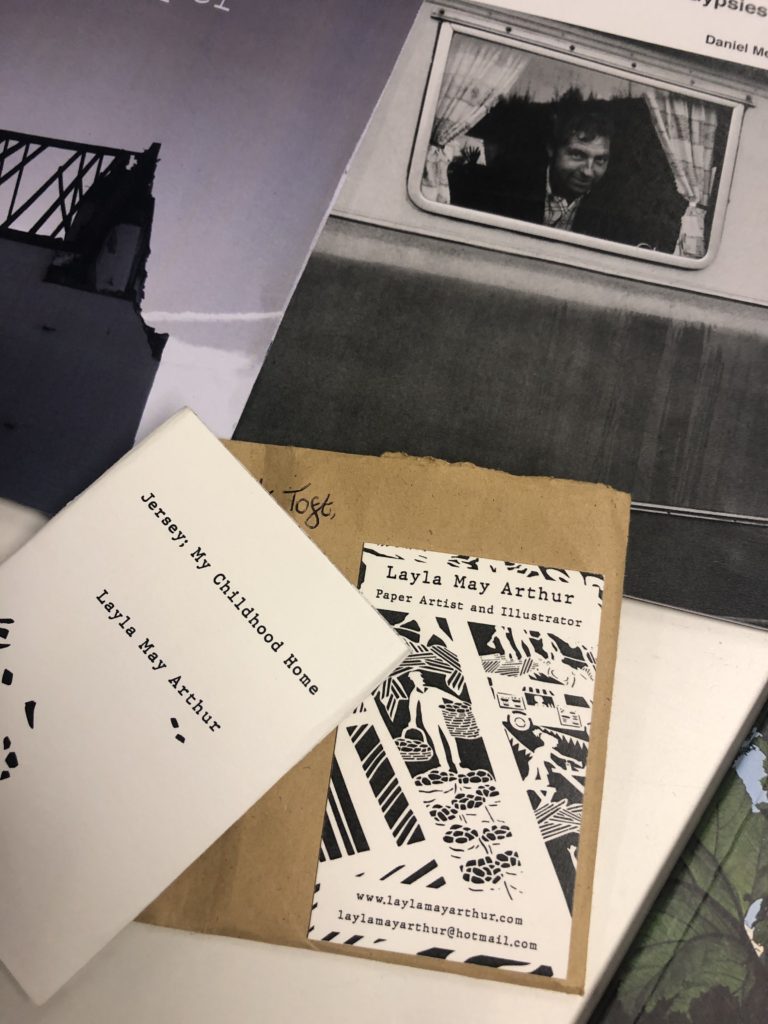









sky ayling-philips created an a5 size landscape zine. she lay out her zine by having either one double page spread image, or by having one image per page, with a border of a background pattern surrounding the image. i personally think that this looked very effective, more so than it would’ve with a plain colour border on the outskirts of the photograph, as the patterns tied into the patterns she used within her edited images, keeping consistency all the way throughout the booklet. within the zine there is 4 double page full bleed images, not including the 5th front page/back page photograph, and 4 single page images. these did not seem to be in any particular sequence however i do feel the whole booklet worked well together. this zine has not got any text narrative within the zine besides some text within the edited image that says ‘move it’. i like how this has been done because it keeps all the audiences attention on the photography rather than text. the part of this zine i most enjoy is the visual concept and editing of the images, ayling-phillips has removed parts of her photographs to replace them with patterned backgrounds that she also ties into her single page images by using them for background borders, i quite like this as it makes it seem as if shes showing that something is ‘missing’ or no longer present; for example, in one of her images she did this with a soldier, this could possibly be showing a death, or missing person through war. the title of this zine is ‘paper’, i like this as the patterns used on every page are somewhat similar to wallpaper patterns, although this could, i imagine, be interpreted in many different ways to many different viewers.
The photographic archive at the Societe Jersiaise holds over 80,000 photographs taken between the 1840’s and the present time, approximately 36,000 of these images have also been put on an online platform. It is Jersey’s biggest collection of nineteenth and early twentieth century photographs.
Photography arrived in Jersey on 9th May 1840 just nine months after it had been first publicized in the urban centres of England and France. The archive keeps examples of work by important nineteenth century photographers such as William Collie, Charles Hugo, Thomas Sutton and Henry Mullins.
On Tuesday 4th June 2019 we visited the Societe Jersiaise’s photographic archives to begin our A2 coursework project on the German Occupation. We looked at photography by each of these artists, these photographs had been stored in plastic files in a folder and had to be handled with gloves if they were to come out for any reason, this highlighted the significance of the photography that we were having the opportunity to view.
The images that I saw showed me both the difference between the past and the present, and how the German occupation in Jersey affected the island, but also how similar things were, in terms of the places that are still extremely recognizable from the photographs in real life,
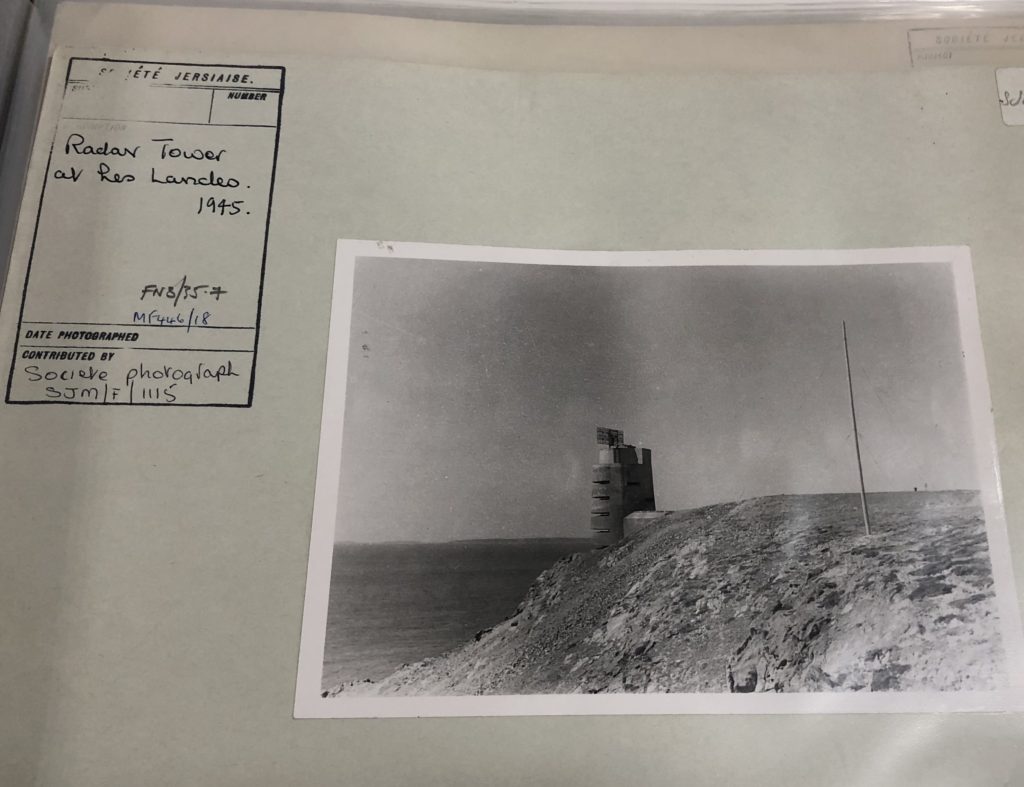
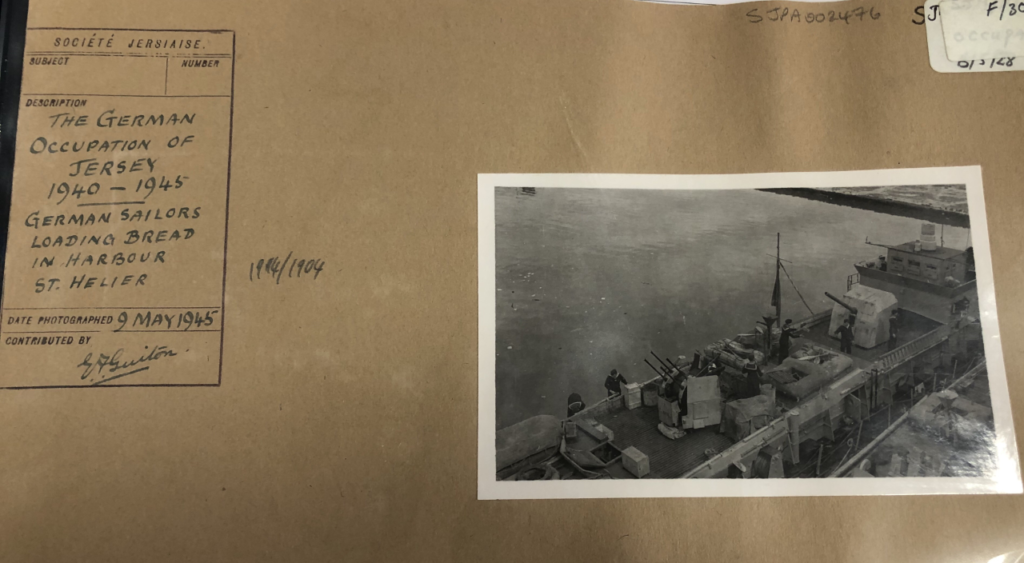
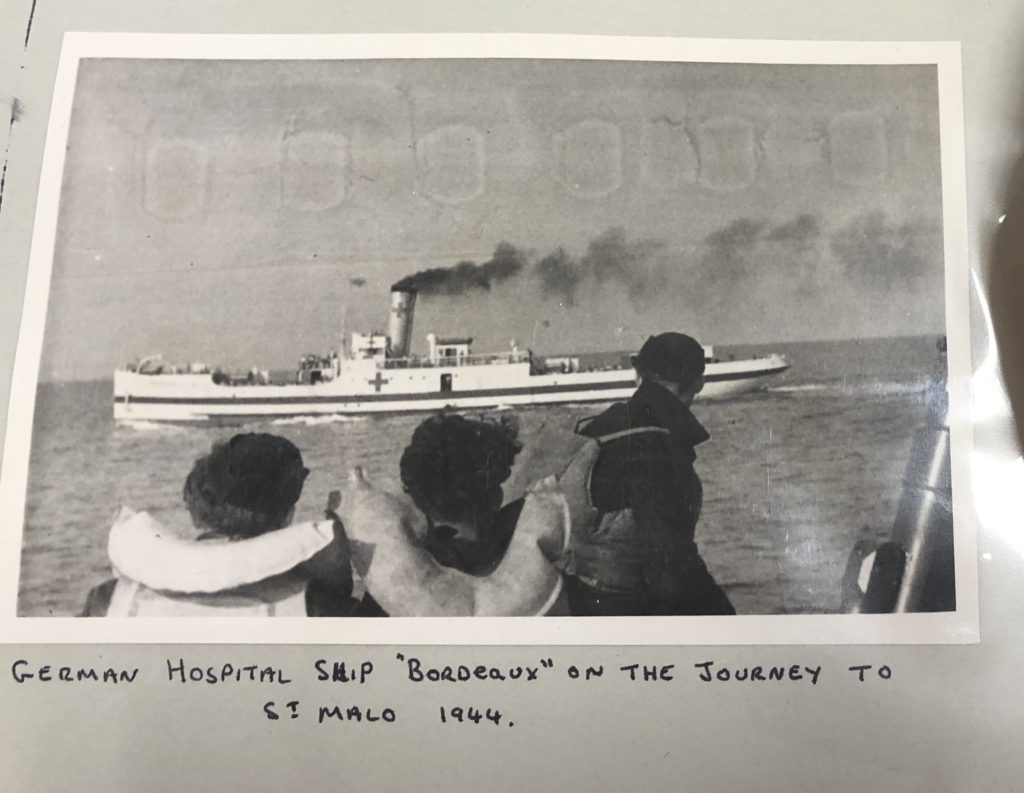
Jersey was one of the only places in the British Isles that was occupied by German forces during World War 2, the occupation took place from 1940 – 1995, being liberated on the 9th May 1945. Whilst Jersey was under the occupation of German forces the people of Jersey faced many changes; they were unable to access as much news from mainland Britain after having permission to utilise radios taken from them, petrol shortages became severe, bicycles were restricted to essential services, vehicles had to be driven on the wrong side of the road, and the island of Jersey was ordered to use a different time zone. During the occupation shopping hours were cut down as food became scarce, food shortages were slightly relieved as the charity the Red Cross began delivering food parcels to the island – but substitutes had to be used, for example, seawater was used in the place of salt. In Autumn 1944, the Autumn before Jerseys liberation, fuel was little to none, this meant that electricity was minimal and there was no gas. Medical supplies were none existent and healthcare was poor. On the 7th of May 1995 Germany had surrendered and the end of war for Europe was announced, on the 8th May 1945 the forces in Jersey received their orders to return to their camps in Portsmouth, and islanders were informed that Winston Churchill would broadcast the nation’s first official announcement that afternoon at 3pm,crowds began to gather at various locations to hear the announcement that would declare their liberation. At 7:15am on the 9th May 1945 on the quarter deck of HMS Bulldog, Second-in-Command for Guernsey, Siegfried Heine, signed the Instrument of Surrender on behalf of the German Command of the Channel Islands, effecting their liberation, as soon as this was completed he was to “immediately cause all German flags and ensigns now flying in the Channel Islands to be lowered”. At midday on the 9th May 1945 Jersey was officially liberated from the five year occupation of German Forces.
– Winston Churchill, 8th May 1945
“unconditional surrender of all German land, sea and air forces in Europe”
– Winston Churchill, 8th May 1945
“our dear Channel Islands are also to be freed today”

A2 PHOTOGRAPHY
Personal Investigation
Bunker Archaeology